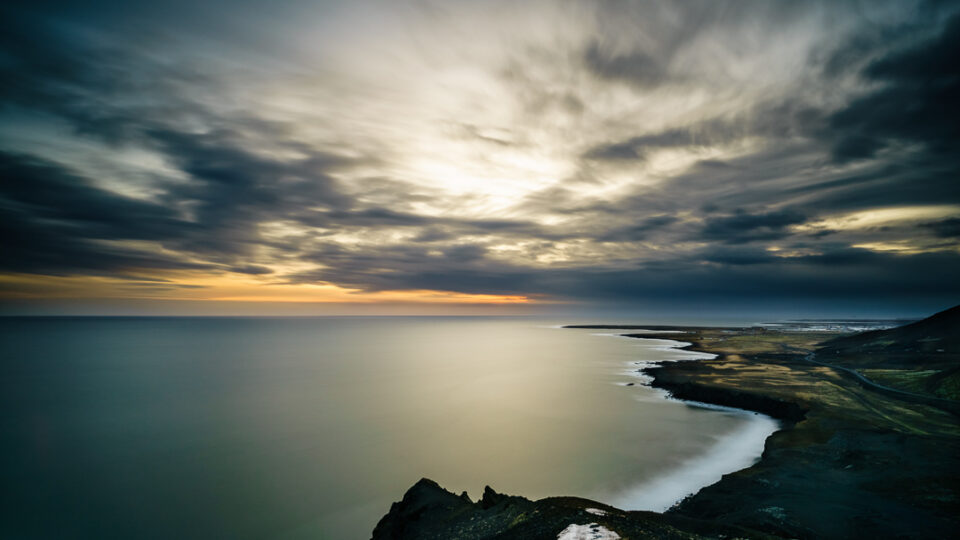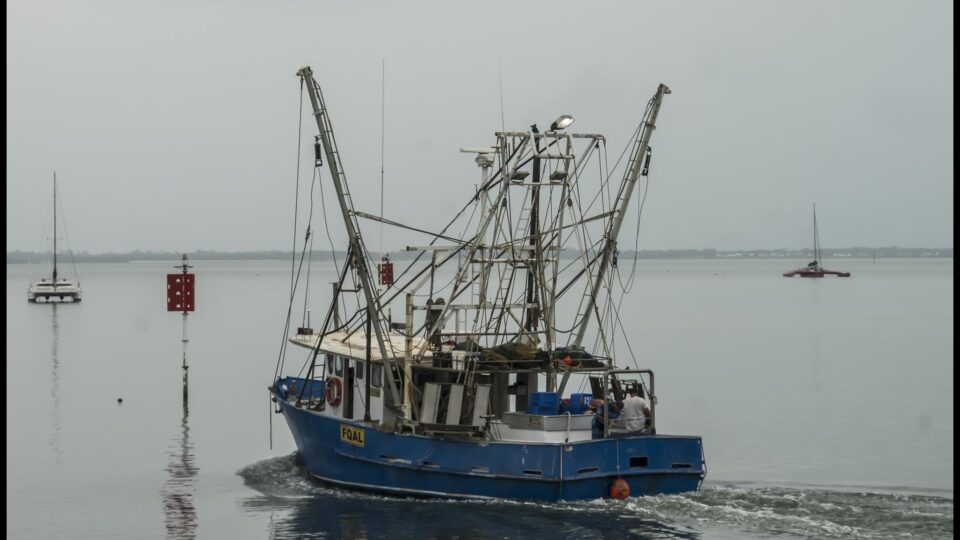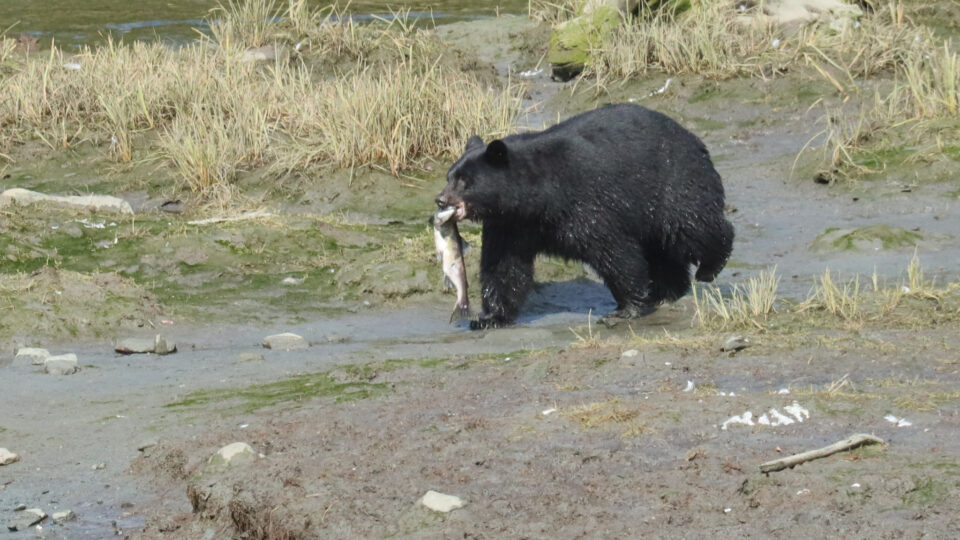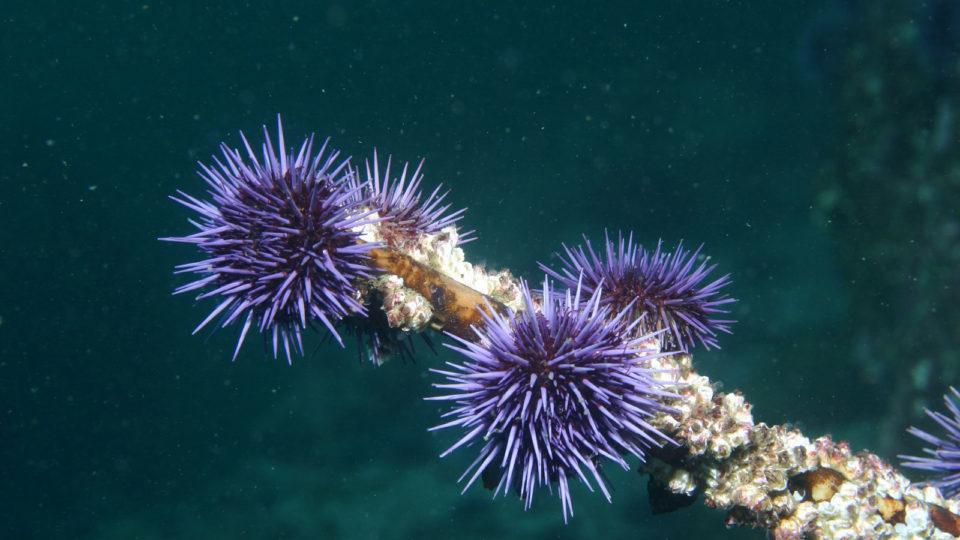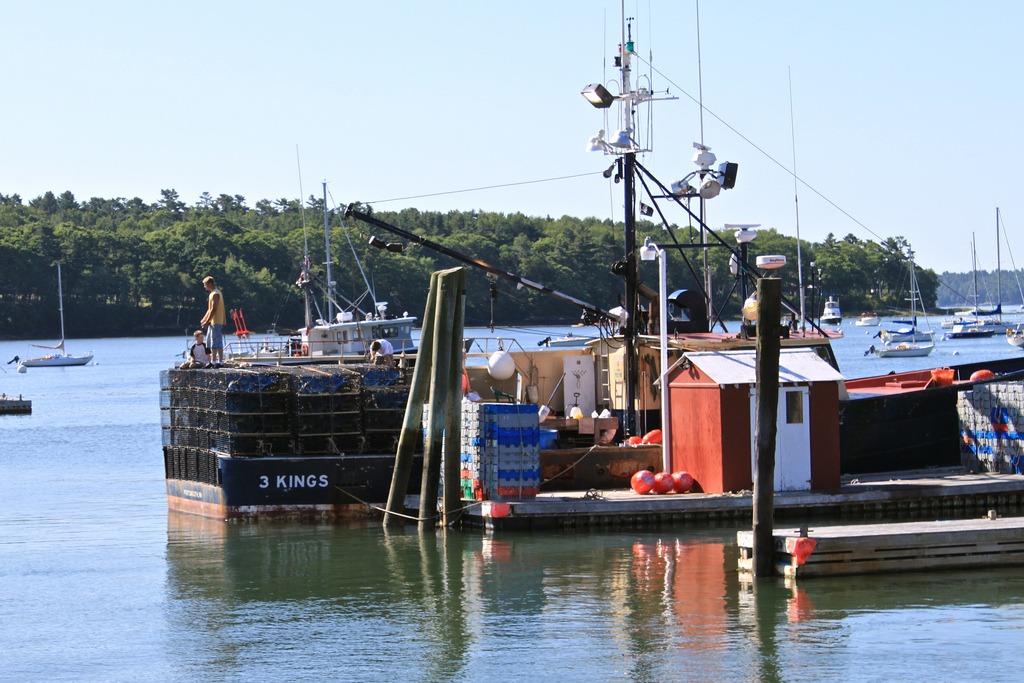An international team of authors from 18 institutions has recently published a paper in the journal Nature that offers a solution that addresses several of humanity’s most pressing problems at the same time. The paper provides a comprehensive assessment of where strict ocean protection can contribute to a more abundant supply of healthy seafood, help address climate change, and protect embattled species and habitats.
The study identified specific areas of the ocean that could provide all of these benefits if they were protected. Currently, only about 7% of the ocean is under any kind of protection. According to the study, if the appropriate 30% of the ocean was protected by the actions of the relevant countries by 2030, the cited benefits would be realized.
Safeguarding these regions would protect nearly 80% of marine species while increasing fishing catches by almost 9 million tons a year. It would also prevent the release of more than 1 billion tons of carbon dioxide by protecting the seafloor from bottom trawling, which is a widespread and destructive fishing practice.
Ocean life has been declining worldwide because of overfishing, habitat destruction, and climate change. The study pioneers a new way to identify the places that – if protected – will boost food production and safeguard marine life, while at the same time reducing carbon emissions. The study finds that countries with large national waters and large industrial trawl fisheries have the highest potential to contribute to climate change mitigation by protecting the carbon stored on the ocean floor. The ocean covers 70% of the Earth and its importance in solving the challenges of our time must not be underestimated.
**********
Web Links
Photo, posted January 10, 2016, courtesy of Hafsteinn Robertsson via Flickr.
Earth Wise is a production of WAMC Northeast Public Radio.
